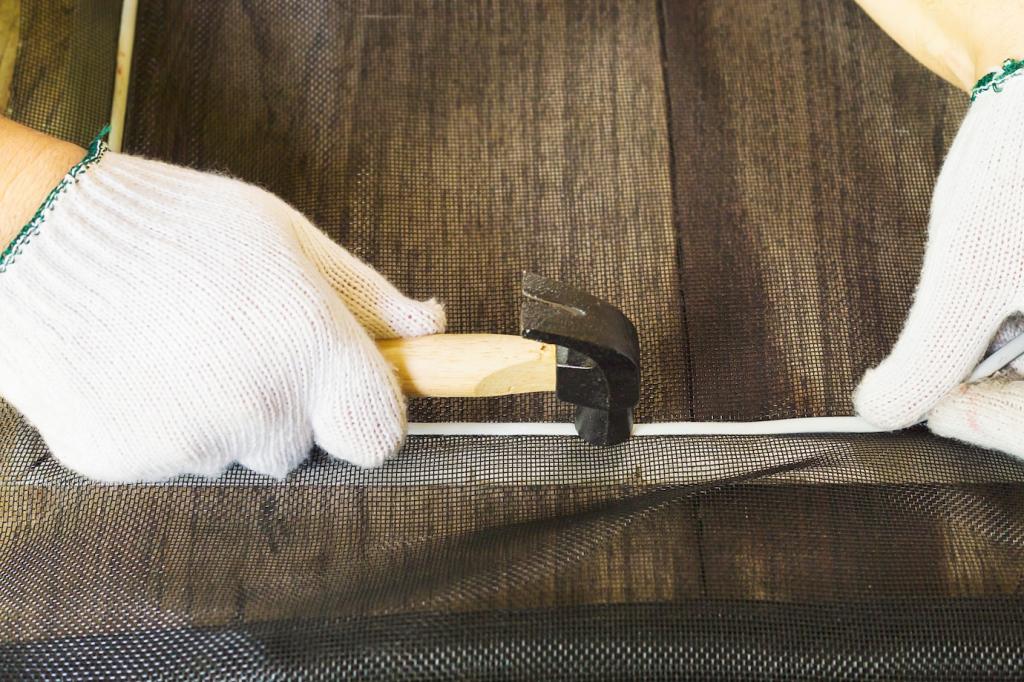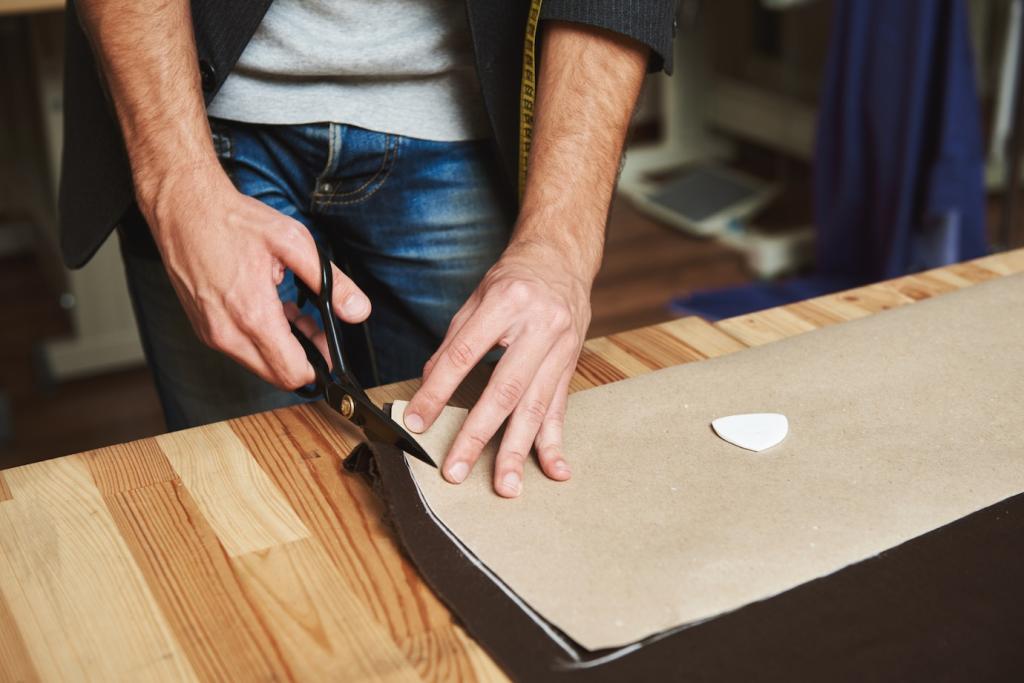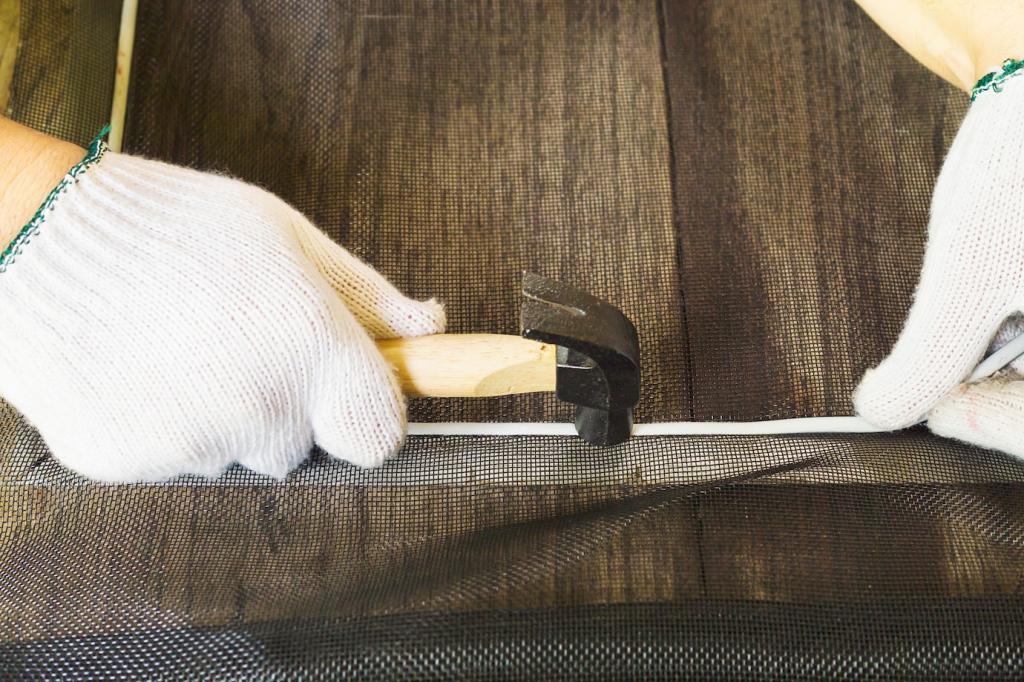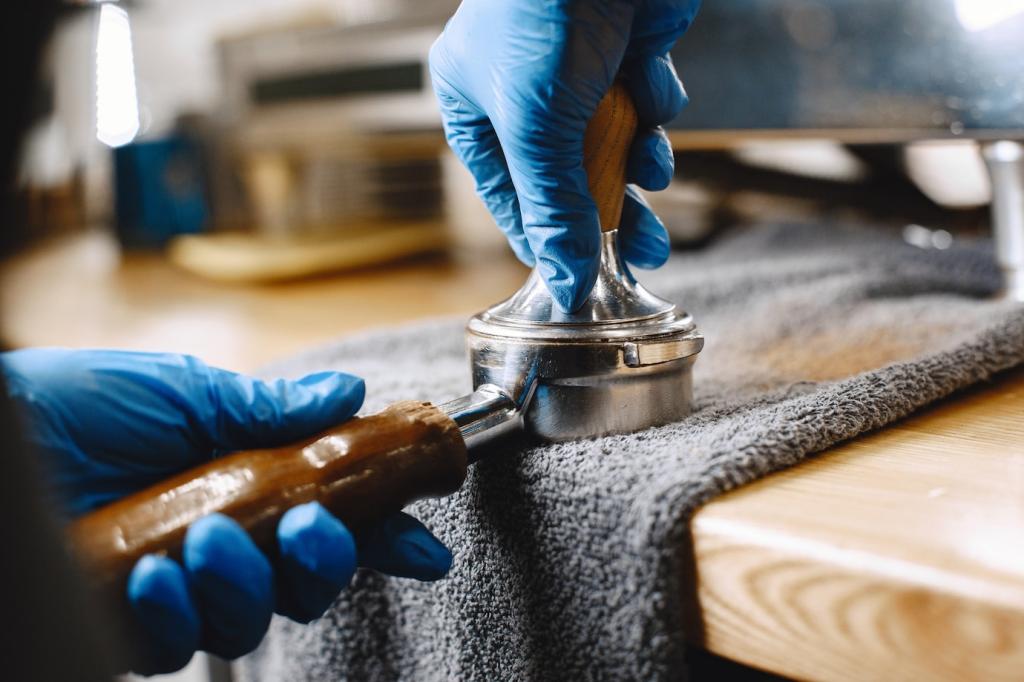Finishes, Sealants, and Smart Barriers
These finishes slow vapor transfer and shield against liquid water, especially with proper film thickness and UV protection. Seal edges meticulously. Share your favorite exterior systems and how often you recoat to maintain durability in challenging humidity cycles.
Finishes, Sealants, and Smart Barriers
Oils enrich figure and are easy to refresh, but they offer limited vapor resistance. In variable humidity, expect more frequent maintenance. Combine with hardwax for balance. What’s your oil regimen in damp regions, and how do you schedule upkeep?





